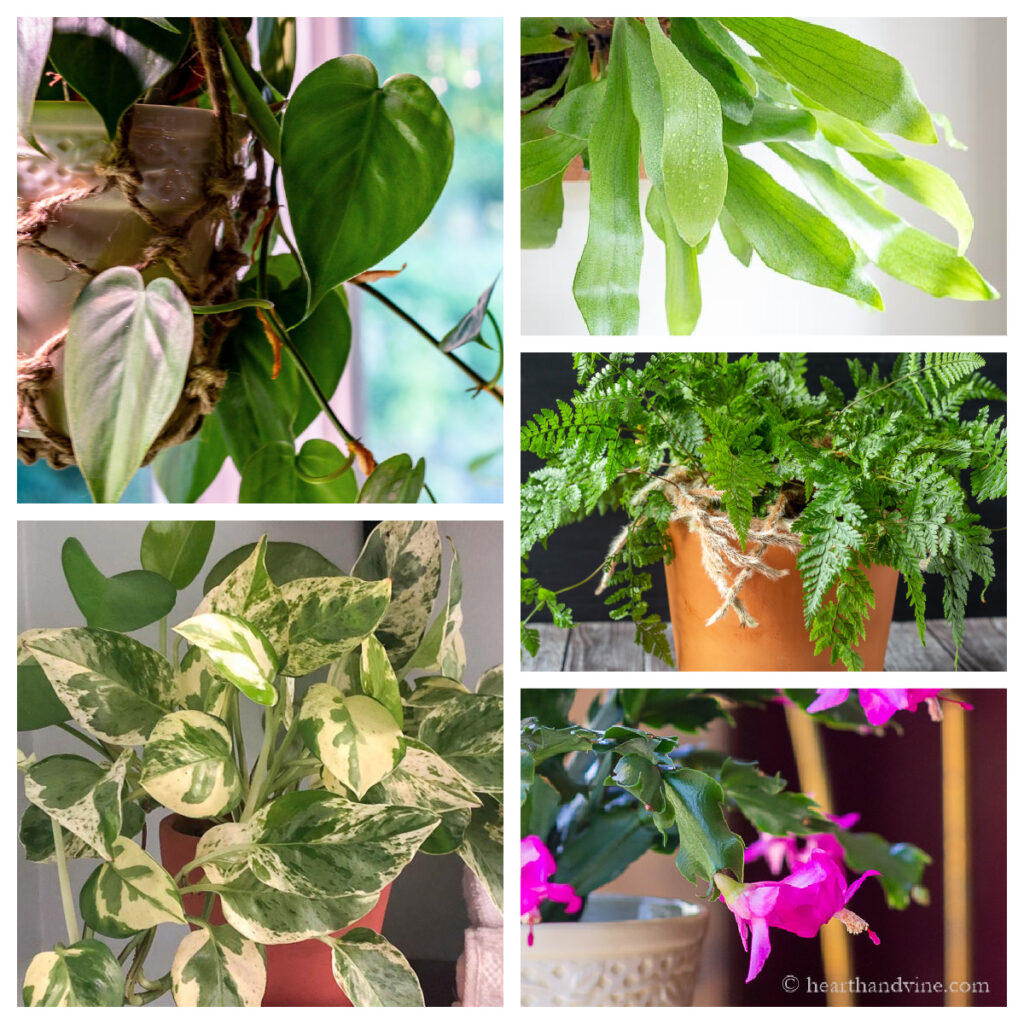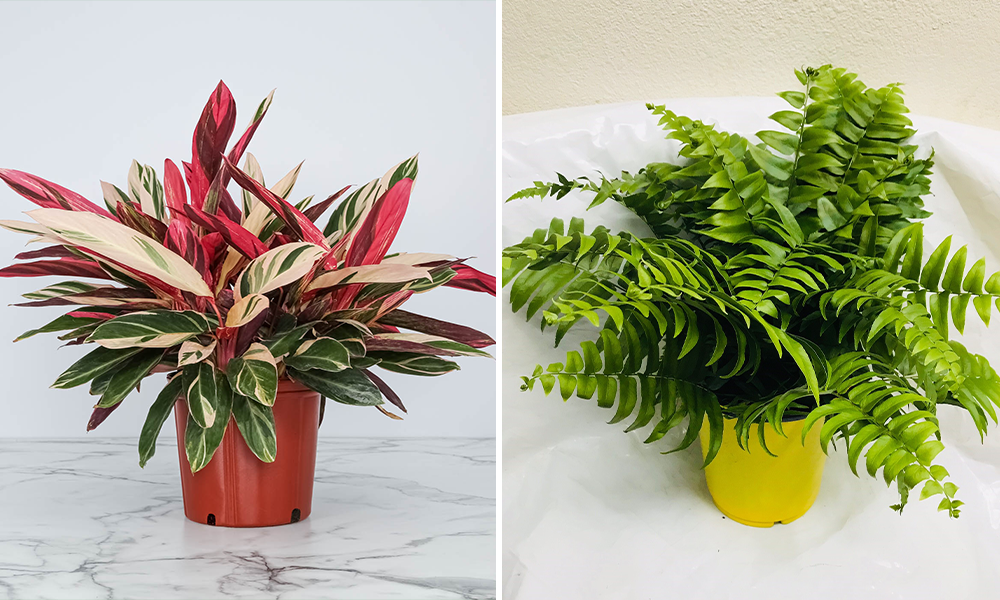Create a Lush Indoor Oasis with the Best Low-Light Indoor Plants
Create a Lush Indoor Oasis with the Best Low-Light Indoor Plants
Blog Article
Discover the most effective Low-Light Indoor Plants for Enhancing Your Home Design
Including low-light indoor plants into your home décor can significantly boost both looks and environment, specifically in spaces that do not have abundant all-natural light. Varieties such as the Snake Plant and ZZ Plant not only bring life to lower corners however additionally contribute to boosted air high quality and total wellness.

Why Select Low-Light Plants
Why select low-light plants in your interior areas? The modern living setting typically provides challenges such as minimal natural light, making it difficult for typical houseplants to grow. Low-light plants are particularly adjusted to prosper and survive in these problems, supplying a sensible service for people seeking to boost their interior rooms without the added stress and anxiety of preserving much more light-demanding vegetation.
In addition to their durability, low-light plants add substantially to the aesthetic appeals of a room. Their diverse variety of shapes, dimensions, and shades allows for unique interior layout opportunities, producing welcoming and vivid atmospheres. Moreover, interior plants are recognized for their air-purifying qualities, improving indoor air high quality by launching and filtering toxins oxygen, which can enhance general wellness.
Low-light plants likewise require minimal maintenance, making them particularly appealing to busy individuals or those new to horticulture. Their flexibility enables positioning in numerous atmospheres, from workplace to dimly lit corners of the home. By picking low-light plants, you can enjoy the advantages of plant without the restrictions that commonly go along with standard gardening, ultimately fostering a much healthier and more visually enticing indoor atmosphere.
Leading Low-Light Indoor Plants
For those seeking to boost their interior spaces with plant that grows in low-light problems, numerous plant choices stick out for their durability and aesthetic allure. The Snake Plant (Sansevieria trifasciata) is a popular selection, understood for its upright, sword-like leaves and capacity to tolerate neglect. This durable plant can make it through in dimly lit locations while improving interior air quality.
An additional exceptional choice is the Pothos (Epipremnum aureum), identified by its heart-shaped leaves and tracking vines. Pothos is not just adaptable to reduced light however additionally uses a striking visual contrast when positioned on shelves or hanging baskets.
The ZZ Plant (Zamioculcas zamiifolia) is equally remarkable, flaunting glossy, dark eco-friendly fallen leaves that can cheer up any kind of corner. Its drought resistance makes it ideal for active property owners.
Treatment Tips for Low-Light Plants
How can you make sure that your low-light indoor plants prosper despite restricted sunshine? Pick the appropriate potting mix that offers great water drainage while retaining wetness. A well-aerated dirt, such as a mix of potting dirt and perlite, can help avoid origin rot.
Watering is critical; low-light plants typically need much less regular watering contrasted to their sun-loving equivalents. Constantly check the leading inch of the soil-- if it feels dry, it's time to water. Beware of overwatering, as this can cause fungal concerns and origin degeneration.
Fertilizing low-light plants should be done sparingly - Best low-light indoor plants. Use a balanced, water-soluble fertilizer their website during the growing season, but get rid of or minimize fertilization in the dormant months
Furthermore, dust can build up on leaves, inhibiting photosynthesis. Carefully wipe the leaves with a damp cloth to maintain them tidy.
Last but not least, observe your plants closely. Signs of distress, such as yellowing fallen leaves or leggy development, can show that your plant requires adjustments in care (Best low-light indoor plants). By complying with these treatment ideas, your low-light interior plants can thrive, adding beauty and vitality to your home
Innovative Ways to Present Plants
Boosting the visual appeal of your interior room can be accomplished by attentively presenting your low-light plants in creative means. Think about making use of upright area to your advantage; wall-mounted shelves can display routing plants like pothos or philodendron, adding lushness while conserving floor area. Use plant stands of differing elevations to create visual passion and deepness, attracting the eye upward.
Hanging planters are an additional superb alternative, providing a significant result when suspended from the ceiling or hooks. Macramé hangers can introduce appearance and bohemian flair, while contemporary ceramic hangers can suit a minimal aesthetic. For an extra cutting-edge technique, repurpose one-of-a-kind containers such as classic teacups or glass jars, which can add individuality to your screen.
Organizing plants in collections is additionally effective; usage varying pot sizes and shades to produce a natural look. This approach not only improves visual impact however also gives an all-natural environment feel - Best low-light indoor plants. Consider placing plants near light resources like home windows or lights to maximize their development and display their vivid vegetation, therefore boosting the general ambiance of your indoor atmosphere.
Advantages of Indoor Plant
Countless researches have shown that integrating indoor plant into your living space supplies a plethora of advantages, enhancing both physical and psychological well-being. One of one of the most substantial benefits of indoor plants is their capacity to improve air quality. Plants take in carbon dioxide and launch oxygen, developing a much healthier atmosphere while also straining harmful toxic substances, thus promoting breathing health and wellness.
Moreover, the visibility of greenery has actually been connected to minimized stress and anxiety degrees. Study shows that communicating with plants can decrease cortisol levels, which are connected with stress and anxiety. This relaxing result can bring about enhanced mood and increased performance, making indoor plants see an optimal addition to workspaces.
In addition, indoor greenery can improve cognitive function. Researches suggest that settings enhanced with plants can lead to raised focus, creative thinking, and general mental quality. The aesthetic allure of indoor plants additionally adds to an extra inviting and positive atmosphere, favorably influencing social communications and general complete satisfaction within a room.
Conclusion

Incorporating low-light indoor plants right into your home design can significantly improve both visual appeals and environment, particularly in rooms that do not have abundant natural light. Ranges such as the Snake Plant and ZZ Plant not only bring life to dim edges but likewise contribute to improved air quality and overall well-being. Indoor plants are recognized for their air-purifying high qualities, enhancing interior air high quality by filtering system toxic substances and releasing oxygen, which can enhance general well-being.
For those looking for to boost their interior spaces with plant that thrives in low-light conditions, a number of plant alternatives stand out for their resilience and aesthetic charm. These durable plants, such as the Snake Plant and ZZ Plant, prosper in dim conditions and need minimal upkeep, making them suitable for various way of lives.
Report this page